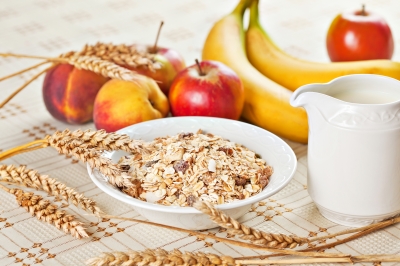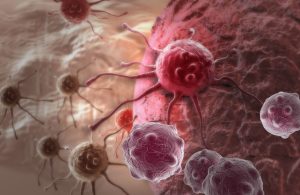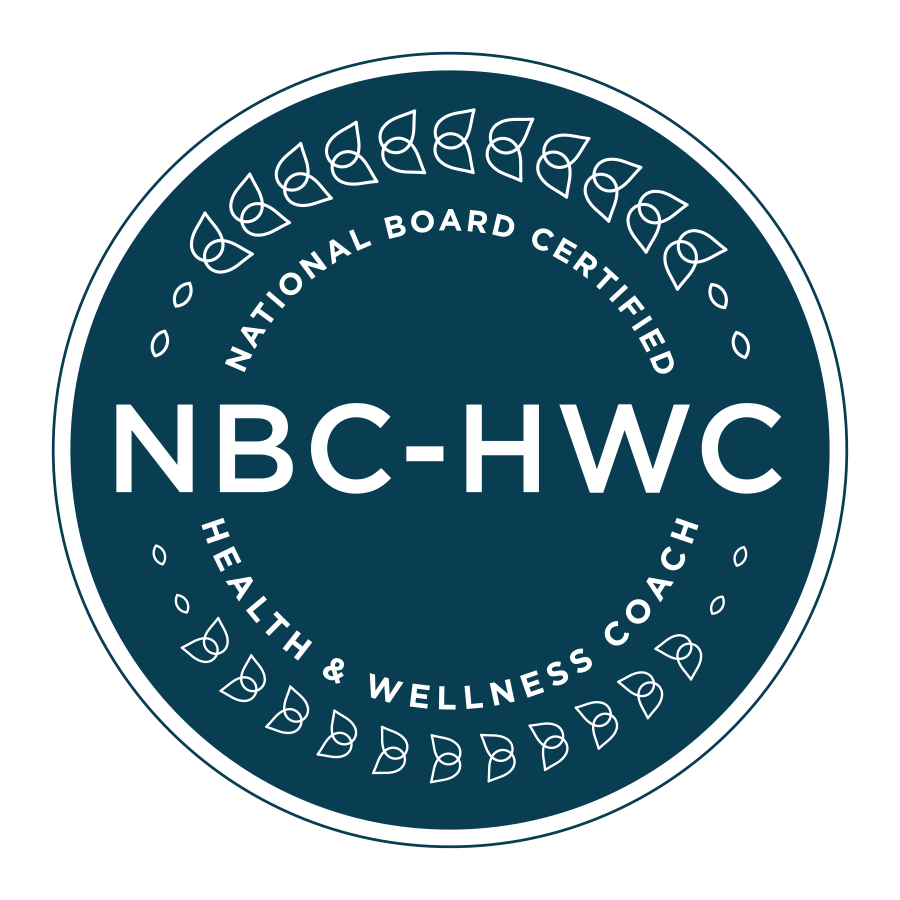Each year many of us go to the doctor for a yearly physical examination. Depending on the physician’s protocol and the age of the patient, the examination can take up to two hours or no more than thirty minutes to complete. Usually a basic physical exam consists of checking vital signs, a few bodily palpations, weighing the patient, an eye exam, Pap smear, prostate exam, and a CBC blood panel. And if all is well and the numbers/findings are within the “normal” range for conventional medicine, then you are free to go until your next yearly visit. It isn’t until you reach a certain age that health screening for early detection of disease or disturbances in the body begins.
The American Cancer Society (ACS) recommends yearly mammograms for women beginning at age 40, and colorectal cancer screening for both men and women at 50 years of age (absent genetic predisposition). Although the ACS recommends these screenings later in life, there is good evidence that diseases that once afflicted the elderly are now showing up in children and young adults. For example, children and teens are now borderline diabetics or type 2 diabetics, with fatty livers and high cholesterol. This trend has caused the American Academy of Pediatrics to recommend cholesterol testing for children between the ages of 9 and 11, and again between the ages of 17 and 21. Unfortunately, it doesn’t get any better. Although the ACS recommends breast cancer screening begin at the age of 40, the Young Survival Coalition (an organization created to support young women facing breast cancer) reports that every year nearly 13,000 women under the age of 40 are diagnosed with breast cancer.
With these trends, I am sure it would not surprise you to know that colorectal cancer, the third most-common cancer among women and men 50 and older, is now being seen in ages 20 to 49. An online study, released by JAMA Surgery on November 5, 2014, states, in part:
The study results indicate that overall, the CRC incidence rate declined 0.92 percent between 1975 and 2010. The CRC incidence rates declined overall by 1.03 percent in men and 0.91 percent in women. The most pronounced decline was 1.15 percent in patients 75 years or older, while the rate for patients 50 to 74 years dropped 0.97percent. However the CRC incidence rates increased for patients 20 to 49 years old, with the biggest increase of 1.99 percent in patients 20 to 34 years old. The rate increased 0.41 percent in patients 35 to 49 years old. The authors estimate that by 2020 and 2030, the incidence rate of colon cancer will increase by 37.8 percent and 90 percent, respectively, for patients 20 to 34 years old, while decreasing by 23.2 percent and 41.1 percent, respectively, for patients older than 50 years.
The overall increase in disease and cancer among people who are younger than the recommended ages for routine health and cancer screening is disturbing, to say the least. I once heard a doctor, who specializes in colon health, say that she was seeing more and more patients in their 30s with colon cancer; this was in 2002.
Possible causes and prevention
As we know, there is no one thing that causes cancer. However, excluding genetics (which accounts for only 15 percent of all cancers), most studies have found that colorectal cancer can be linked to lifestyle and poor dietary habits. The risk for colorectal cancer is higher among people who are obese and sedentary. A diet high in processed meats is also linked to a higher risk of colon cancer. Research from Europe on 478,000 men and women showed that those who ate the most red meat (5 ounces or more a day on average) were about 33 percent more likely to develop colon cancer than those who ate less than an ounce a day on average. Although study results vary, experts agree that regular intake of commercially raised red meat (beef, pork, or lamb) and processed cured meat (ham, bacon, pastrami, salami, cold cuts, hot dogs, sausage, etc.) increase the risk of developing colorectal cancer. The study also revealed the following risks in connection with the amount of meat consumed:
Ounces of intake and the associated colorectal cancer risk
2.5 ounces of red meat per day (about 18 ounces/week) minimally increased risk
3.5 ounces of red meat per day (24.5 ounces/week) increased risk by 17 percent
7 ounces of red meat per day (49 ounces/week) increases by 34 percent
Processed meat carries an even higher risk
3.5 ounces per day increases risk by over 36 percent
7 ounces per day increases risk by 72 percent
Additionally, a diet high in fat and carbohydrates is usually low in fiber. A diet low in fiber causes a sluggish digestive system and toxic buildup. Fiber absorbs fluids along with carcinogens and other toxic substances.
A study conducted by the University of Lund, Sweden, examined the absorption capacity of various types of fiber and found that 20 to 50 percent of carcinogenic compounds are absorbed by fiber.
Without fiber, toxins from processed food, preservatives, food additives, and smoked meats will linger in the colon and be absorbed into the bloodstream. These toxins will then be carried by the blood throughout the body causing cancer in other organs and tissues. Fiber protects the colon by shortening intestinal transit time and moving toxins (including excess estrogen) quickly out of the body.
Could the trend we are seeing in the increased incidence of cancer and other degenerative diseases amongst younger age groups be because we are still being hoodwinked by the food industry through mass advertisement of unhealthy foods? Or has our environment become so toxic that our bodies are experiencing massive amounts of free-radical damage? Actually both propositions are true because all cancers seem to be caused by one of three things: (1) Free- radical damage to the DNA of cells, (2) Overexposure to hormone-disrupting chemicals in food and water, or (3) Nutritional deficiencies causing high homocysteine and damage to DNA. However, of all the risk factors and outside influences, diet appears to be the greatest factor. According to the World Cancer Research Fund (having reviewed 5,000 studies linking diet and cancer), eating the right diet can cut the risk of cancer by 40 percent. Additionally, the National Research Council’s extensive 1982 report, entitled Diet, Nutrition, and Cancer, concluded that much of the rise in cancer rates may be related to the standard American diet (SAD).
More needs to be done to get the word out about the health risks associated with SAD and the Western lifestyle of stress and worry. Folks need to know that the same food being subsidized by the government and sold in our grocery stores as healthful, is the same food that is causing sickness and death and adding to the cost of health care in this country. The British Cancer Research Campaign says this about dietary changes and cancer: “At least three out of four of all cancers are potentially preventable, but will only be avoided if the messages get through at a young age.” Are we really winning the war on cancer? In light of the above trends, I don’t think we are even fighting!
References
http://www.youngsurvival.org.
JAMA Surgery. Published online, November 5, 2014. doi:10.1001/jamasurg.2014.1756.
Available pre-embargo to the media at http://media.jamanetwork.com).
“Guidelines for the Early Detection of Cancer,” American Cancer Society,
http://www.cancer.org.
Elle Paula, “Healthy Eating, Teenagers & High Cholesterol,” Demand Media
Well Being Journal Vol. 19, No. 5, September/October 2010, http://www.sfgate.com .
The New Optimum Nutrition Bible. Revised by Patrick Holford, USA: Crossing Press, 2005.
Alternative Medicine: The Definitive Guide. 2nd ed. Edited by John W. Anderson and Larry
Trivieri. USA: Celestial Arts, 2002.




